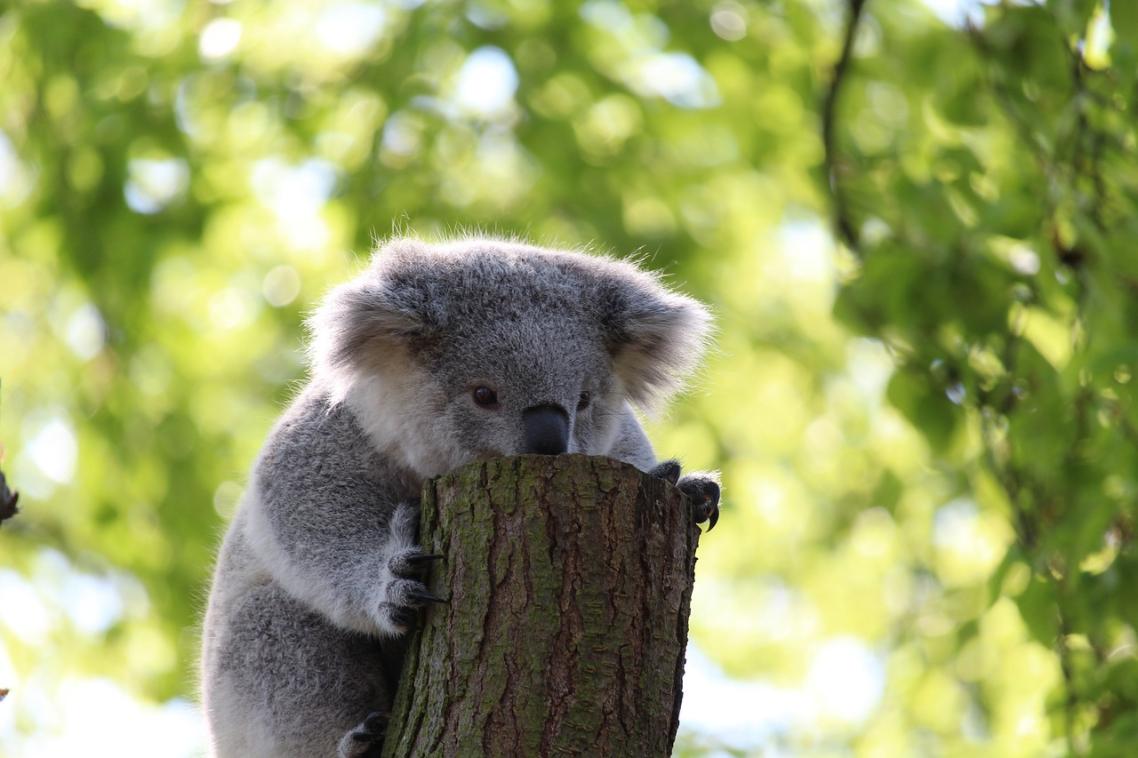Sperm and egg cell ‘immune response’ protects koala DNA

Discovery of a type of immunity that protects koalas’ DNA from viruses has importance for the survival of koalas and our fundamental understanding of evolution.
A team of scientists from The University of Queensland and University of Massachusetts Medical School are studying tissue samples from koalas to understand how a unique type of cell responds to retrovirus infections, which cause diseases such as chlamydia and cancer.
According to Dr Keith Chappell from UQ’s School of Chemistry and Molecular Biosciences, discovery of this unique immune system response could open a whole new field of research.
“The genomes of all animals, including humans, contain a large amount of viral sequences that are the result of infections that occurred millions of years ago,” Dr Chappell said.
“The koala is the only species in which a retrovirus is known to have recently infected the germline cells – the ones that make sperm and eggs.
“This means that some koalas are born with koala retrovirus A – known as KoRV-A – in their genome, making them more susceptible to diseases such chlamydia and cancer.”
It is well known that viruses have driven the evolution of humans and animals over thousands of years, yet understanding how germline cells respond to infection has been a mystery for scientists.
“It was previously thought that the process of natural selection kept levels of viral elements in check within the genome, meaning that it would be survival of the fittest for the koala,” Dr Chappell said.
“However, our findings show that there are immune response like pathways within a koala’s germline cells that can actively fight back against the invading virus.”
Professor William Theurkauf from UMass Medical School said the germline cells of koalas could distinctly recognise the unique sequence of KoRV-A as an “invading virus” and not a gene, and would mount an initial defence.
“Just like the human body launches an immune response to invading viral and bacterial infections, our findings suggest that germline cells mount an attack to chop up the viral sequences,” Professor Theurkauf said.
“This prevents the retrovirus from inserting more and more copies into the genome of the offspring and thereby protects the next generation against what would be compounded effects of disease.”
The research findings are published in Cell (DOI: 10.1016/j.cell.2019.09.002).
The study was supported through funding from the USA’s National Institute of Health, the Australian Research Council and the Chinese National Natural Science Foundation.
Media: Dr Keith Chappell, k.chappell@uq.edu.au, + 61 7 3443 2597; Dominic Jarvis, dominic.jarvis@uq.edu.au, +61 413 334 924.
Related articles

New data reveals how Australia’s threatened reptiles and frogs are disappearing – and what we have to do

Sunlight-powered breakthrough turns methane into valuable ethylene
Media contact
UQ Communications
communications@uq.edu.au
+61 429 056 139
